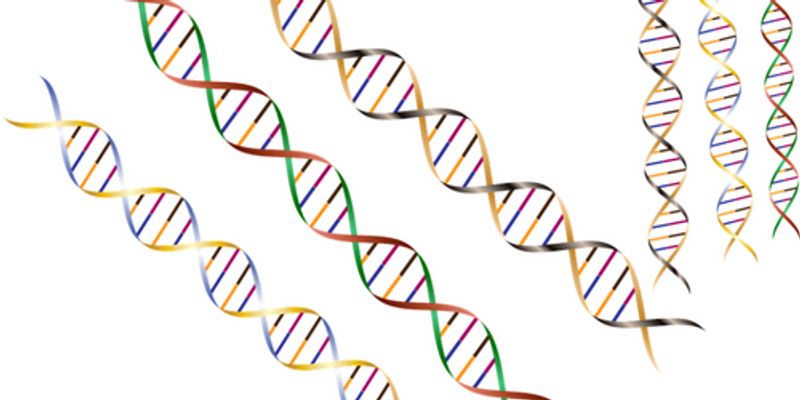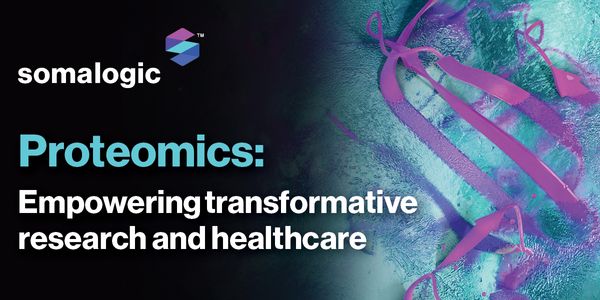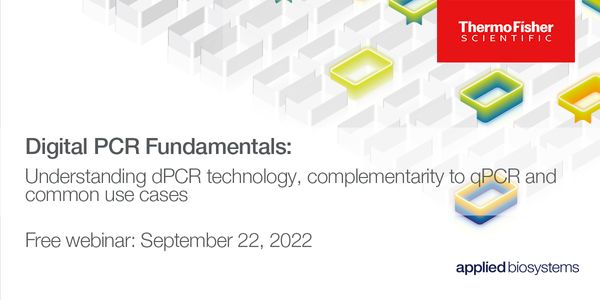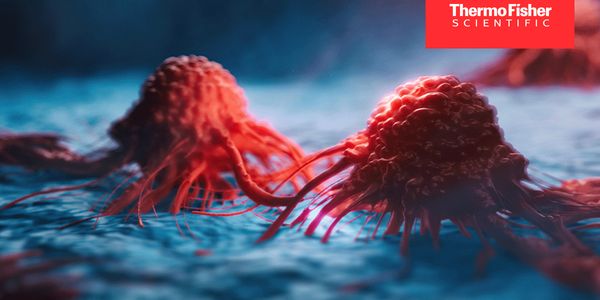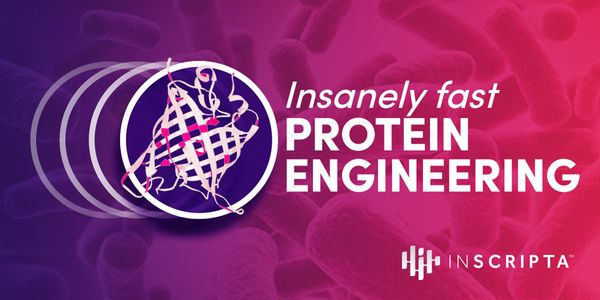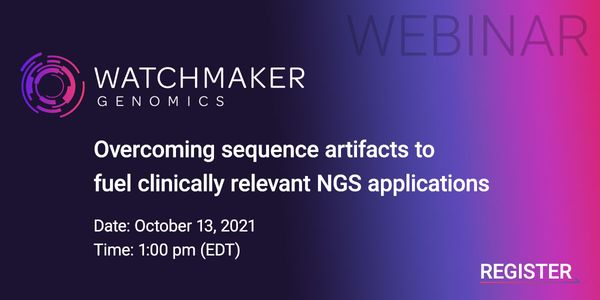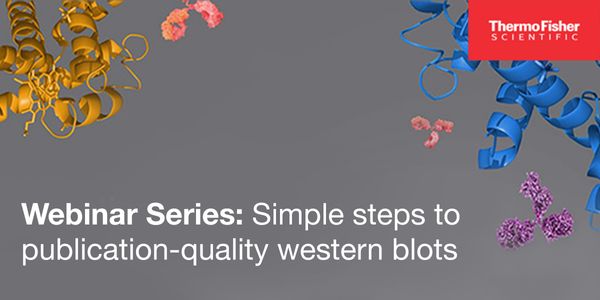DNA investigations
To investigate DNA (usually in a forensic context), you must isolate the DNA from the evidence sample and process the sample so DNA codes can be obtained. In a forensic investigation, you would use isolate and test the DNA from a crime scene for comparison with DNA from a suspect.
-
MAR 27, 2024 | 9:00 AMJoin Dr. Emily Hodges, assistant professor of biochemistry at Vanderbilt University, to learn more about how the Hodges Lab is utilizing the 6-base genome to investigate the dynamics of enha...Pathology Perspective: Discover the critical need for genomic testing in cancer and explore the differences between traditional tissue biopsies and liquid genomic profiling. We'll dive i...Speaker: Dr. Shuko Harada , Dr. Aakash Desai, MBBS, MPHPresented at: Precision Medicine in Solid Tumors
NOV 16, 2023 | 8:00 AM
To bring your cutting-edge cell and gene therapies to the patients that need them as quickly as possible, you need access to the most knowledgeable scientists, innovative technologies, metho...
OCT 10, 2023 | 10:00 AM
For patients with advanced non-small cell lung cancer (NSCLC), tissue samples are typically small biopsies. These samples undergo standard of care evaluation for >10 biomarkers to identif...
JUL 11, 2023 | 12:00 AM
The human genome project was undertaken to determine the human DNA sequence and analyze variation among individuals. To make use of this information, tools were developed that could collect...
JUN 28, 2023 | 11:00 AM
The human genome project was undertaken to determine the human DNA sequence and analyze variation among individuals. To make use of this information, tools were developed that could collect...
FEB 15, 2023 | 7:00 AM
Date: February 15, 2023 Time: 7:00am (PST), 10:00pm (EST), 4:00pm (CET) While not all microscopy samples can fluoresce, all can scatter light, and this scattered light can be imaged. This ha...
Speaker:
Philipp Kukura
, Francesco Reina
, Matthew Kose-Dunn
, Phil Allen
Sponsored By: Teledyne Photometrics
December 15, 2022 8:00 AM PST
Date: October 26, 2022 Time: 9:00am (PST), 12:00pm (EST), 6:00pm (CEST) Current protein biomarkers are only moderately predictive in identifying individuals with mild traumatic brain injury...
DEC 07, 2022 | 9:00 AM
Date: December 07, 2022 Time: 9:00am (PST), 12:00pm (EST), 6:00pm (CET) Join us for an exciting live panel webinar, as we celebrate the 60th anniversary of Gibco Cell Culture. The panelists...
Speaker:
Jessica Hess
, Rukia Henry
, Ernesto Goulart
, Ameet Chimote, PhD
Sponsored By: Thermo Fisher Scientific/Gibco
The Cas9 from Francisella novicida (FnCas9) has unique properties of target identification and engagement in terms of specificity, nature of double strand break as well as length of guide RN...
OCT 12, 2022 | 8:30 PM
Date: October 12, 2022, October 13, 2022 Time: 8:30pm (PDT), 11:30pm (EDT), 5:30am (CEST) High dimensional full spectrum flow cytometry holds the promise of addressing long-held questions in...
SEP 22, 2022 | 10:00 AM
Date: September 22, 2022 Time: 10:00am (PDT), 1:00pm (EDT), 7:00pm (CEST) Digital PCR (dPCR) is a specialized approach to nucleic acid detection ......
As obligate intracellular pathogens, viruses require host-derived nucleotides, amino acids, and lipids, among others, and the bioavailability of these metabolites can restrict or promote vir...
Human intestinal epithelial cells (hIECs) are arranged as a monolayer of cells and provide the first line of defense against invading pathogens. Upon viral infection hIECs upregulate type I...
JUL 26, 2022 | 9:00 AM
Date: July 26, 2022 Time: 9:00am (PDT), 12:00pm (EDT), 6:00pm (CEST) Organoids and spheroids are increasingly being used in many research applications, including drug discovery, toxicology,...
MAY 31, 2022 | 9:00 AM
Date: May 31, 2022 Time: 9:00am (PDT), 12:00pm (EDT), 6:00pm (CEST) Introducing Nanostring’s latest spatial platform, CosMx Spatial Molecular Imager (SMI). Offering high-plex, multiomi...
Cancers are genetic diseases driven by recurrent sets of somatic mutations. Different mutations associate statistically with distinct disease risks and can therefore be useful prognostic mar...
MAR 09, 2022 | 8:00 AM
Date: March 09, 2021 Time: 08:00am (PST), 11:00am (EST), 5:00pm (CEST) Bioengineering technologies hold enormous potential to solve many of our world’s pressing problems. However, they...
Genetically engineered cellular models are an integral part of the drug discovery process from early discovery through clinical biomanufacturing. The various applications of these cellular m...
Speaker:
Stacey Ward, PhD
10:00am CEST
Date: November 17, 2021 Time: 1:00am (PST), 9 am BST, 10 am CEST The growing list of nanoparticle payloads and carrier systems includes proteins, lipids, polymers, small molecules, and more,...
The proportion of cell-free DNA (cfDNA) derived from tumor cells in the plasma of patients with cancer is typically less than 2%. To overcome this limitation, methods have been developed to...
OCT 14, 2021 | 7:00 AM
Date: October 14, 2021 Time: 7:00am (PDT), 10:00am (EDT) Heterologous protein expression in model organisms has many applications, including protein engineering, production of industrial enz...
OCT 13, 2021 | 10:00 AM
Date: October 13, 2021 Time: 10:00am (PDT), 01:00pm (EDT) Clinically-relevant applications, such as somatic variant detection, continue to push the bounds...
OCT 12, 2021 | 5:00 PM
Date: October 12, 2021 Time: 5:00pm (PDT), 8:00pm (EDT) 222 Learning Objectives 222 222 222 Webinars will be available for unlimited on-demand viewing after live event. LabRoots is approved...
Speaker:
Jordan Thompson, PhD
Presented at: Webinar series: Simple steps to publication-quality western blots
Sponsored By: Thermo Fisher Scientific
Sponsored By: Thermo Fisher Scientific
